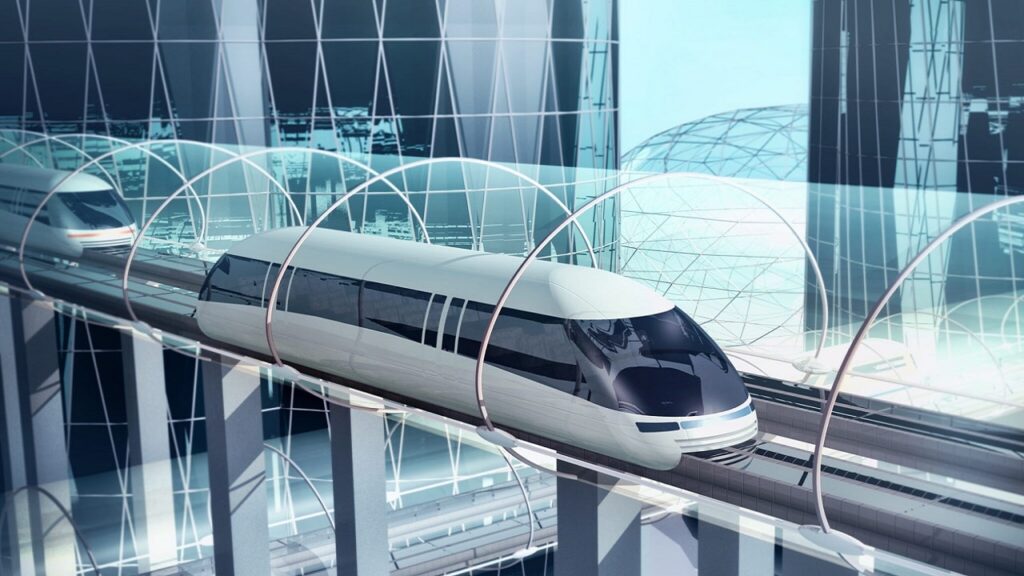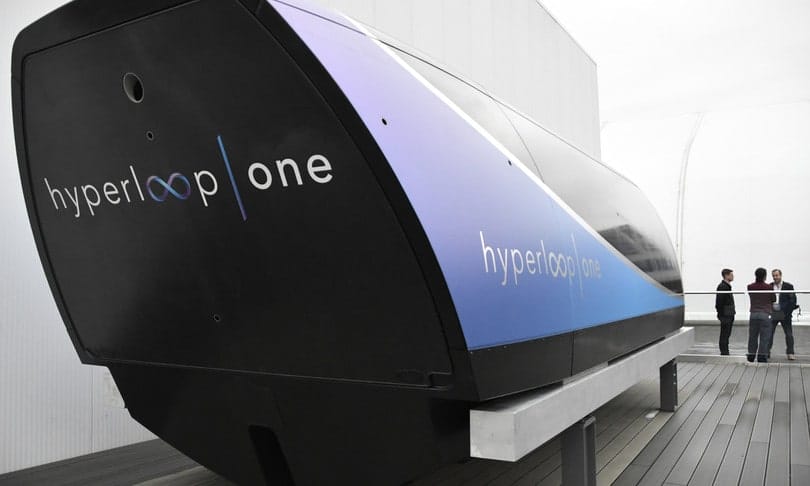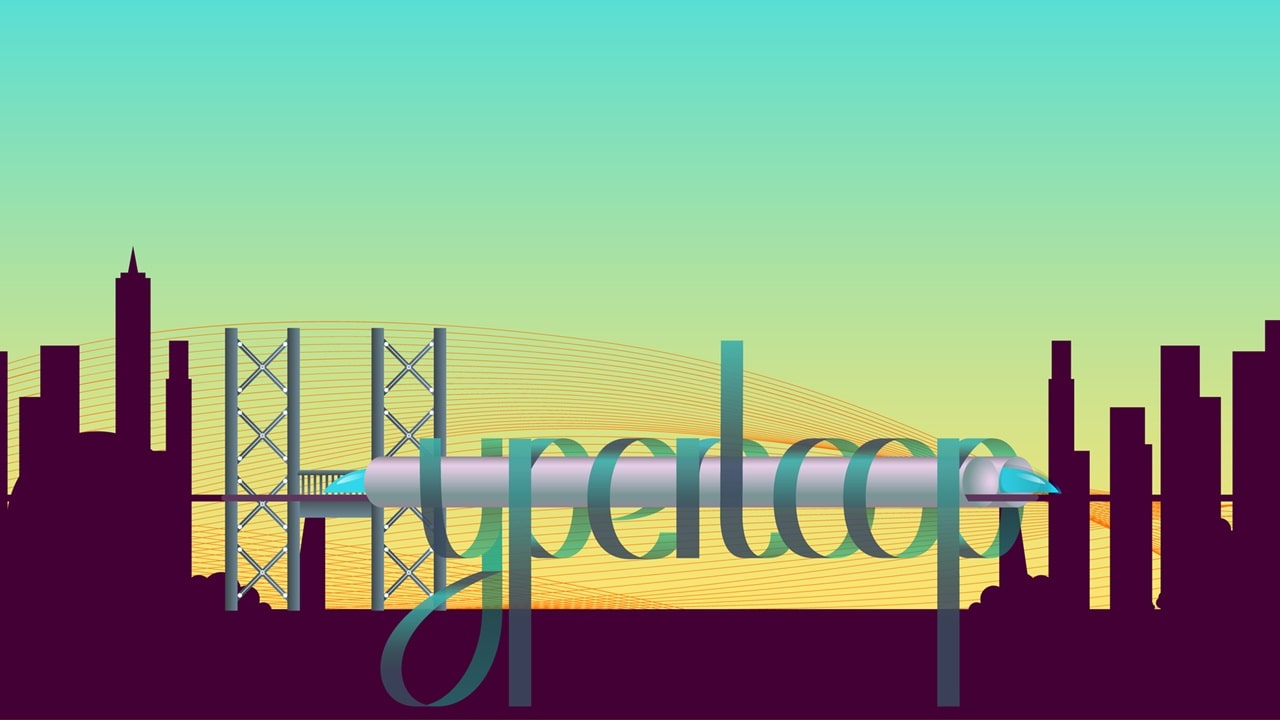Hyperloop Onethe startup that promised to revolutionize travel through nearly airless tubes at airline speed, closes its doors. And together with her, it seems that this “future of transport” is also about to be set aside. Without ever having built a Hyperloop that people could actually use to move from city to city.
Hyperloop One closes, “tube travel” never started
According to reports Bloombergis currently selling its businesses, liquidating its offices and proceeding with employee layoffs. The official closure is expected at the end of the year, moment when all his intellectual property will pass to its majority shareholder, Dubai’s main port operator, DP World.
Although three years ago the first passengers boarded what was then called Virgin Hyperloop, and although it had signed several contracts – including one with the Veneto region – the startup has not created any usable routes, except for short-term tests distances.
The transport revolution seems to be over
Founded in 2014, the company has raised approx $450 million through venture capital funding and other investments. It wasn’t the only startup trying to build Hyperloop projects, but arguably the most important. And many experts think that this closure, without having implemented any operational project, marks the end of this possible, but never realised, transport revolution. Which although it originates in the early 1900s, attracted the attention of investors after the whitepaper published by Elon Musk in 2013.

Musk theorized about the transportation of aerodynamic capsules through nearly airless tubes at speed up to 760 miles per hour (approximately 1200 km/h). These tubes, whether raised on pylons or buried underground, could constitute a new “fifth mode of transportation,” as The Verge reports. One of the most captivating concepts Musk presented was travel from Los Angeles to San Francisco in just 30 minutes. In a country with impossible traffic like California, a magnificent prospect. Capable of attracting investors from all over the world.
Hyperloop One closes: the startup’s difficulties
The startup that is about to close has changed several names. Virgin Hyperloop was born as Hyperloop Technologies, later renamed Hyperloop One in 2016 and, following the acquisition by Richard Branson’s company, became Virgin Hyperloop One. But the company, in addition to various problems due to the conduct of the co-founders, has had severe liquidity problems in recent years. Which however has been able to recover with venture capital investments over the years, with significant amounts spent by DP World, which will hold the patents from 2024.
Lhe company built a test track in Nevada to test the safety and the feasibility of technology. In 2020, as we said, it carried out the first (and only) test with human passengers. However, he traveled to one top speed of 100 miles per hour (about 160km/h), not even a seventh of what was promised.
A technology without a future?
Critics have argued that Hyperloop technology was only feasible as a technological exercise, but not feasible on a practical level. After ten years, it seems they are right: Hyperloop One said that we would see hyperloops all over the world by 2020, but instead it closes its doors without having built any.

Hyperloop One in 2020 had decided to focus on the transport of merci rather than on passenger travel. But in this case, it seems that the logistical difficulties are too complex (or too expensive) to overcome. Currently, they do not exist full-scale hyperloop nowhere in the world.
The Boring Company, Musk’s company, is still digging underground passages in Las Vegas. But it does so for Teslas, not hyperloop pods, with speeds of 35 miles per hour (56 km/h) over a 1.7-mile (2.7km) course. And it’s more like a subway with Tesla Model 3s rather than larger trains, rather than the airplane-capable connection between cities that was promised.
The Hyperloop, once considered an ambitious project destined to change the face of transportation, seems to have no future. After ten years, the largest startup in the sector closes its doors, with only one test completed. And without having never even approached the speed of around 300 kilometers per hour of rapid rail trains, which instead are spreading throughout the world. Hyperloop should have traveled four times faster – but it seems to have remained stuck in the starting blocks.















Leave a Reply
View Comments